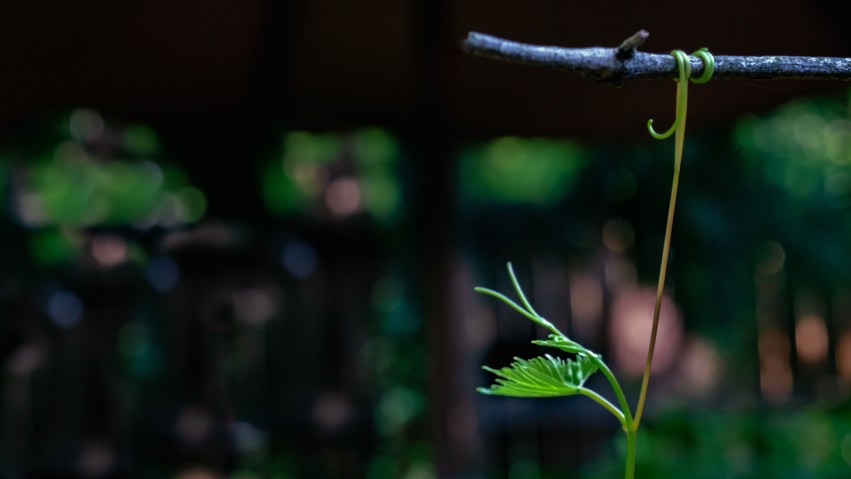From “The Handling of Colour” in Irises: Their Culture and Selection by Gwendolyn Anley:
“There is no flower which reflects the changes of light so sensitively as the iris….
“In the pale light of early morning as the sun lifts over the distant woodland, the colours wake and come to life out of the dusk of night. There is something wraithlike about them at this hour, a pearly beauty which passes almost before it is realized. At noon the flowers are at the height of their glory: imperial yellow, royal purple, wine red and tender blue, lavender and soft pink — a wealth of colour which cannot be surpassed by any other genus.”
From 100 Flowers and How They Got Their Names by Diana Wells:
“Iris [in Greek mythology] was the messenger of the gods and the rainbow linking earth with other worlds. She escorted souls along her iridescent bridge to another life, and she herself used it to join the thoughts of gods and men. She was that longed-for connection to those whom we love intensely, but who are suffering without our awareness, and it was she who was sent to tell Alcyone, still praying for the safety of her husband Ceyx, that he had already drowned.”
“The flag iris is supposed to have saved the life of the sixth-century Frankish king Clovis, who then succeeded in conquering much of France under the Christian banner. God, or common sense, showed Clovis, trapped by the Goths at a bend in the Rhine, flag irises growing where it would be shallow enough to cross the river and so escape. In gratitude he adopted the iris flower as his emblem, and it became the symbol for the kings of France. Irises were on Louis VII’s banner during the Second French Crusade (1147) and were called fleur de Louis, which in turn became fleur-de-lis….”
Irises are blooming!
Actually, they’re about done blooming; I’m working through photos I took during the week of May 2, and here are the first ones (from Oakland Cemetery’s gardens). With storms that came in during the weeks that followed, I was glad to have gotten to the irises before they suffered rain- and wind-damage, and will be posting additional photos soon.
This purple iris was in its late days, its petals fully unfurled and topped with a crown about the size of a baseball by itself. From that comparison, you can get a sense of the overall dimensions of the flower — about five baseballs, perhaps one of the largest irises I saw on my photoshoots and replete with a variety of colors, including shades of purple, blue, orange, and bits of red. “At noon the flowers are at the height of their glory” — from the Anley quotation above — certainly seems about right: I took these photos just before noon on a sunny day, which helped me capture the full range of colors this iris can exhibit.


I think this gallery and the next one show the same variety of yellow flag iris, the first one featuring very typical iris shapes…



… with this one showing some dramatic variations during its early stages of opening. I took these photos at about the same time as the purple irises above, snagging all the yellow and orange color shades that the flower can display. My favorite image is the second one — which is especially fun to look at in its full-sized version: here.





Thanks for reading and taking a look!



























































